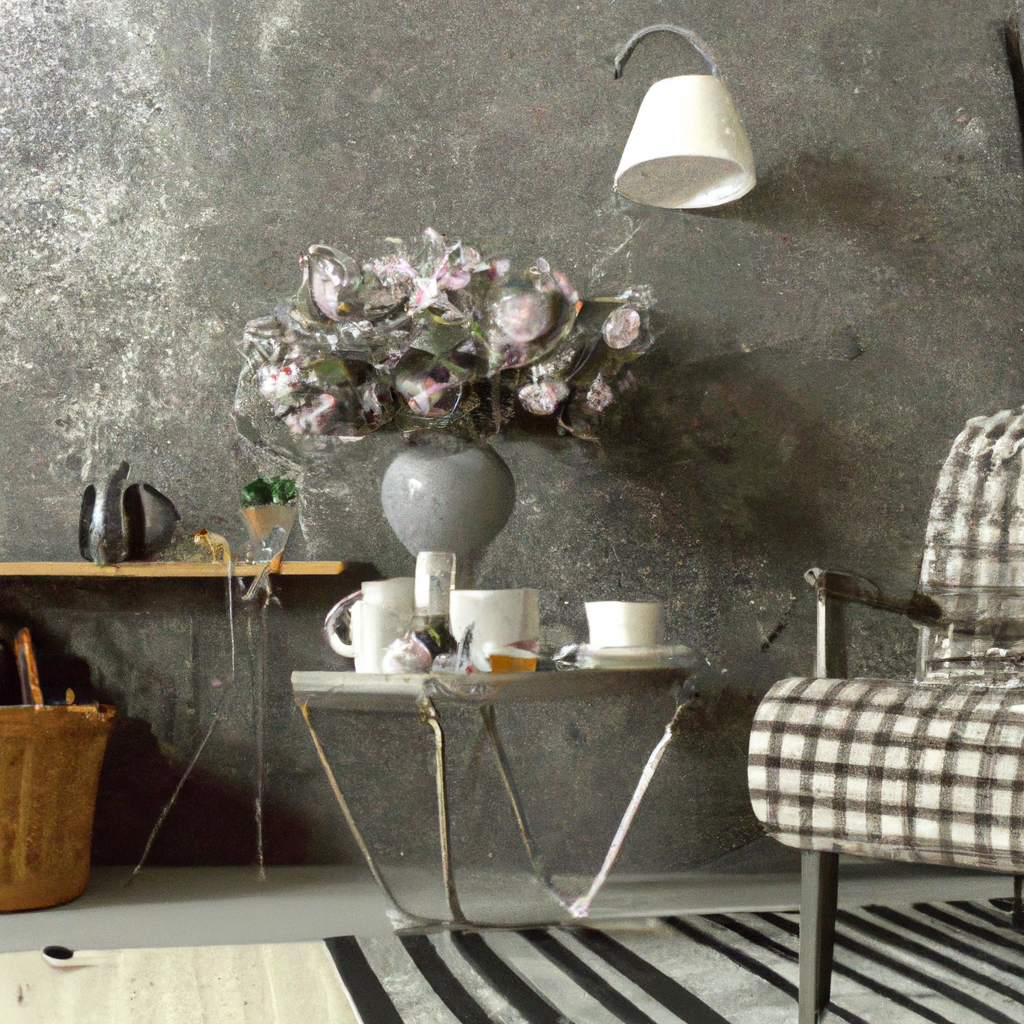Interior design is the art and science of enhancing the interior of a space to achieve a healthier and more aesthetically pleasing environment for the people using it. When it comes to small spaces, the principles of interior design become even more important. Small spaces need to be functional, comfortable, and visually appealing. In this article, we will explore the principles of interior design for small spaces, including functionality, aesthetics, space optimization, furniture placement, color schemes, lighting, and décor.
Functionality
The first principle of interior design for small spaces is functionality. A small space needs to be functional and serve its purpose well. In a small space, every inch counts, and it is essential to make the most out of the available space. When designing a small space, it is important to think about the purpose of the space and the activities that will take place in it. This will help you to determine the best layout and furniture placement.
Aesthetics
Aesthetics is another important principle of interior design for small spaces. Small spaces can easily feel cramped and cluttered, and it is important to create a visually appealing environment. When designing a small space, it is important to choose a color scheme that is light and airy to make the space feel more open and spacious. It is also important to choose furniture and décor that are proportional to the size of the space.
Space Optimization
Space optimization is essential when designing a small space. Every inch of the space needs to be used efficiently to make the most out of the available space. When designing a small space, it is important to think about the vertical space as well as the horizontal space. This means utilizing wall space for storage and choosing furniture that can be stacked or folded when not in use.
Furniture Placement
Furniture placement is crucial when designing a small space. It is important to choose furniture that is proportional to the size of the space and that can be arranged in a way that maximizes the available space. When arranging furniture, it is important to create a flow that allows for easy movement throughout the space. This means leaving enough space between furniture pieces to allow for comfortable movement.
Color Schemes
Choosing the right color scheme is essential when designing a small space. Lighter colors make a space feel more open and spacious, while darker colors can make a space feel cramped and small. When choosing a color scheme, it is important to think about the overall feel of the space and the mood you want to create. Neutral colors like white, beige, and gray are great for creating a calming and relaxing environment, while bold colors like red and orange can add energy and excitement to a space.
Lighting
Lighting is another important aspect of interior design for small spaces. Lighting can make a space feel larger and more open. It is important to have a combination of natural and artificial lighting to create a comfortable and inviting environment. When designing a small space, it is important to choose lighting fixtures that are proportional to the size of the space and that can be easily adjusted to suit different needs.
Décor
Décor is the final principle of interior design for small spaces. Décor can add personality and style to a space, but it is important not to overdo it in a small space. When choosing décor, it is important to choose items that are proportional to the size of the space and that complement the overall design. It is also important to choose décor that serves a purpose, such as storage solutions or functional decorations.
Conclusion
In conclusion, the principles of interior design for small spaces include functionality, aesthetics, space optimization, furniture placement, color schemes, lighting, and décor. When designing a small space, it is important to make the most out of the available space and create a visually appealing environment that is both functional and comfortable. By following these principles, you can create a small space that feels open, spacious, and inviting.







